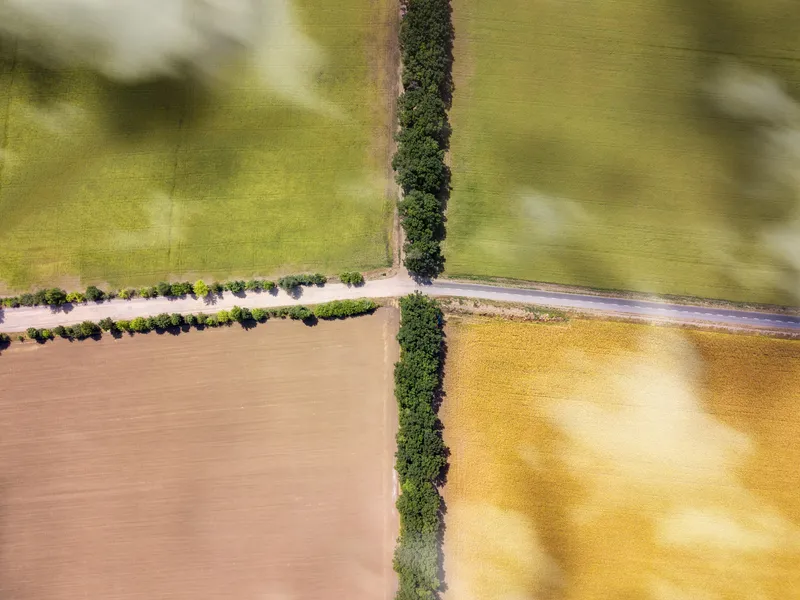Experts at the University of Huddersfield have won more than US$208,000 funding to develop a software-based asset management tool that will enable light railway operators to calculate the most appropriate rail wear limits for their system.
This would mean longer intervals between maintenance and replacement, reducing disruption to passengers and costs to the operators, while maintaining safety levels.
The research is being carried out at the university’s Institute of Railway Research, which has developed expertise in computer modelling of the interface between rail vehicles and track.
This will play a major part in the new project and there is also on-site collaboration with some of the UK’s busiest tramway systems.
The project is funded through UKTram’s Low Impact Light Rail scheme, supported by Innovate UK’s SBRI programme. The project is headed by Dr Adam Bevan, who is the IRR’s Head of Enterprise. It includes Professor Jay Jaiswal, a metallurgist with a speciality in rail steels.
The project, to develop a software tool that will enable tramway and light rail operators to develop more realistic maintenance schedules, was one of fifteen projects awarded funding for a feasibility study. Following an assessment of the outcomes of this work, funding was awarded to progress to the demonstrator phase and trial the developed tools in real-life situations. This phase is due for completion in October 2016 and will deliver a software-based asset management tool and guidance document based on the operating conditions of the specific network. It will enable infrastructure managers to arrive at the optimum rail wear limits and to select the appropriate grades of rail steel for their systems.
The developed tool will be made available to UKTram members and the University’s Institute of Railway Research will provide technical consultancy to customise it for the specific conditions of the network. The software and supporting technical consultancy will also be offered on a commercial basis to the large numbers of tramways and light railways around the world.
UK university to develop asset management tool for light railways and tramways
Experts at the University of Huddersfield have won more than US$208,000 funding to develop a software-based asset management tool that will enable light railway operators to calculate the most appropriate rail wear limits for their system. This would mean longer intervals between maintenance and replacement, reducing disruption to passengers and costs to the operators, while maintaining safety levels.
December 22, 2015
Read time: 2 mins









